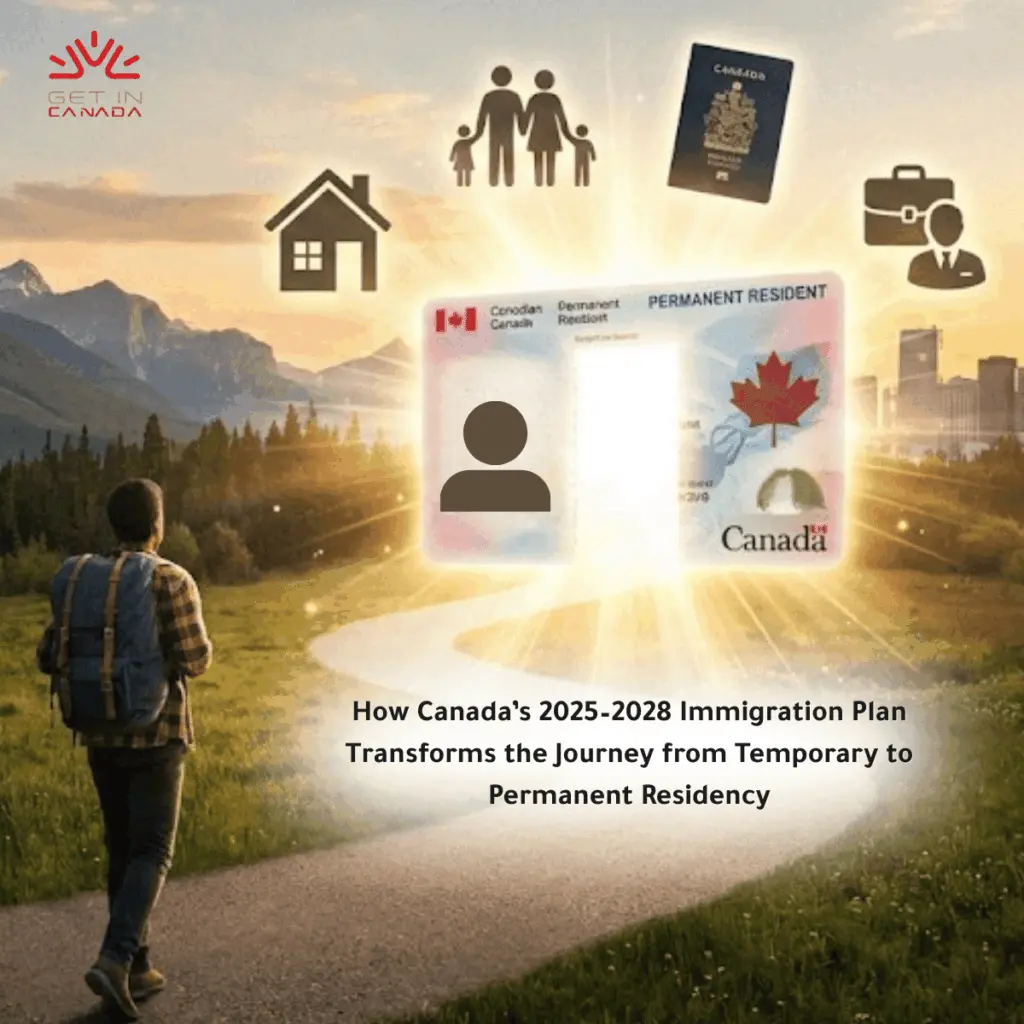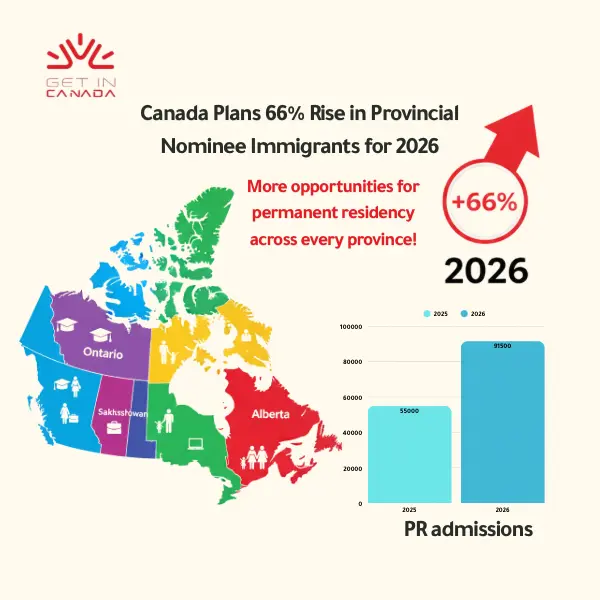Changes to Canada work permit LMIA coming into effect from May 2024 [Updated 2025]
The Canadian government updated its Temporary Foreign Worker Program by giving Canadian employers more freedom to hire foreign workers if the LMIAs of ESDC indicate a positive employment outlook. This is due to shifting labour market conditions, where the government would like to entrench Canadian workers into jobs that are available and jacks with the high unemployment seen in Canada despite falling job openings. ESDC reintroduced these updates after the pandemic to address severe labour shortages that had earlier been brought about by high job vacancies for appropriate TFWP use to fit fluctuating economic conditions.

Ever since this post-pandemic period recorded its highest points on job openings, the downward trend has been steep and coupled with increased unemployment throughout Canada. This economic change forced a change in the Temporary Foreign Worker Program to align with the current labour market scenario. Such a move aims to enhance the program’s efficiency by having a complementary role rather than a labour market solution. The change in the TFWP is designed to bring it closer to the balancing of the needs of employers and the prioritization of the opportunities offered to citizens of Canada. In March 2024, the unemployment rate in Canada was 6.1%, an increase of 0.3% from the previous month, and hence, timely changes in the TFWP came.
Minister of Employment Randy Boissonnault announced on April 1, 2024, that a few specific time-limited initiatives of the Temporary Foreign Worker Program Workforce Solutions Road Map, which were made available to employers in the year 2022, will end earlier than expected. This was made available for employers to address specific acute labour market challenges. The government’s move is strategic in its immigration policy adaptation to suit the economic trend. This move is designed to ensure that the TFWP is streamlined to better serve Canadian interests while making the program adaptive to dynamic trends in the labour market. Through such measures, Canada is set to maintain a sustainable and equitable way of managing the workforce while ensuring the recovery of the economy and offering employment opportunities to its citizens.
Find out if you are eligible to get in Canada →
What are the new changes?
Canada’s labour market policy will be altered on May 1, 2024, to reflect appropriate contingent requirements. The original duration of an LMIA is twelve months, but this time around, an LMIA will have a shelf life of six months instead. This amendment gives precedence to the timely and efficient assessment of the need for labour in the market: employers will have to hire foreign workers and apply for work permits within this period, stemming from LMIA approvals.
It must be noted that this is the period for which LMIAs are valid, not the period for which work permits are issued to foreign workers. Employers, therefore, are prompted to be proactive and are urged to be prompt upon receiving the approvals of LMIAs for hiring foreign workers within the stipulated timeframe.
The new rule has also forced most industries in the 2022 Workforce Solutions Road Map to lower the proportion of their workforce obtained through the low-wage category of the Temporary Foreign Worker Program. The percentage allowed has decreased from 30% to 20%. However, for the construction and healthcare sectors, the percentage allowed remains at 30%, based on the nature of the sectors’ labour needs.
In addition, before the employer can request an LMIA, they must prove that they have exhausted all their alternatives for employment by considering hiring asylum seekers who have valid work permits within Canada. Until then, employers were only required to prove their efforts to hire Canadian permanent residents or citizens. Now they are compelled to also include asylum claimants with valid work permits within their recruitment plans and efforts towards inclusiveness and diversity of labourers. Therefore, these changes reflect Canada’s government’s commitment to effective and fair management of the labour market and employment opportunities for all eligible workers.
Which industries have been incorporated into the Workforce Solutions Road Map 2022?
In the 2022 Workforce Solutions Road Map, there are seven selected industries for strategic workforce planning:
- Food Manufacturing (NAICS 311)
- Wood Product Manufacturing (NAICS 321)
- Furniture and Related Product Manufacturing (NAICS 337)
- Accommodation and Food Services (NAICS 72)
- Construction (NAICS 23)
- Hospitals (NAICS 622)
- Nursing and Residential Care Facilities (NAICS 623)
These industries were targeted for highly specific interventions and labour market initiatives aimed at meeting critical workforce challenges while creating sustainable growth and development in each sector.
Employer’s obligation to assess salaries for temporary foreign workers in Canada
Employers have to conduct an assessment of the salaries paid to foreign workers from January 1, 2024, to date. This is made possible by a statutory requirement to make sure the employer pays the prices set by the current market rates of the workforce and geographic employment zones. Assessing these salaries annually, therefore, requires businesses to raise their salaries and make sure they’re at market standards of pay.
Learning about the Temporary Foreign Worker Program
The Temporary Foreign Worker Program is used by Canadian employers to bring foreign workers to fill temporary labour and skill shortages. Under this program, businesses can access foreign talent to fill workforce needs, particularly in some industries or occupations.
Substantial alterations will occur in Canada’s Work Permit’s LMIA system by May 2024, leading to the hiring and assimilation of overseas employees into Canada’s labour force. Reduced periods of assessment for labour market impact assessment as well as industry quota review in Canada’s Temporary Foreign Worker Program indicate that the Canadian authorities anticipate changes in labour market developments by adjusting their immigration policies. This concentrates on the employment of Canadian workers but has also addressed critical labour shortages in a manner that will allow for a balanced and sustainable workforce toward economic growth and inclusivity. Such changes will make the workforce planning process more workable and add to the overall resilience of Canada’s labour market.











